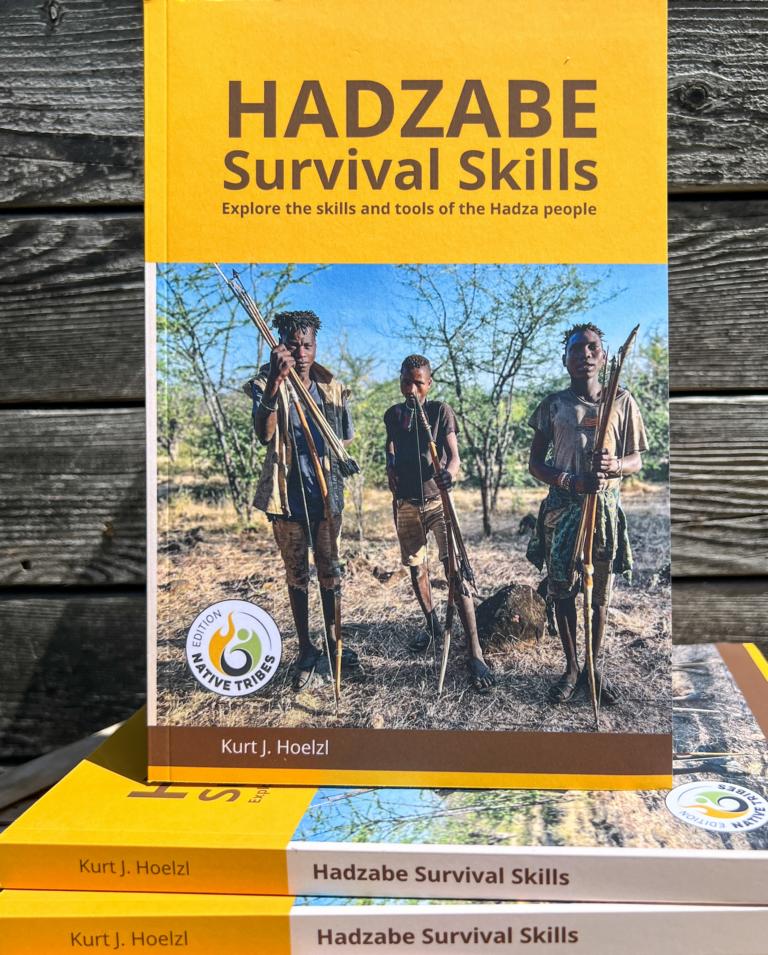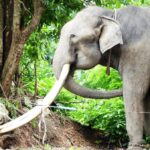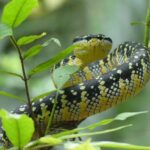Euphorbia tirucalli (Euphorbiaceae)
Common names: Ngego, ngewu, nlembonlembo (nlembo = finger) (Kongo), Euphorbe effilée, tirucalli (Fr), finger tree, finger euphorbia, African milkbush
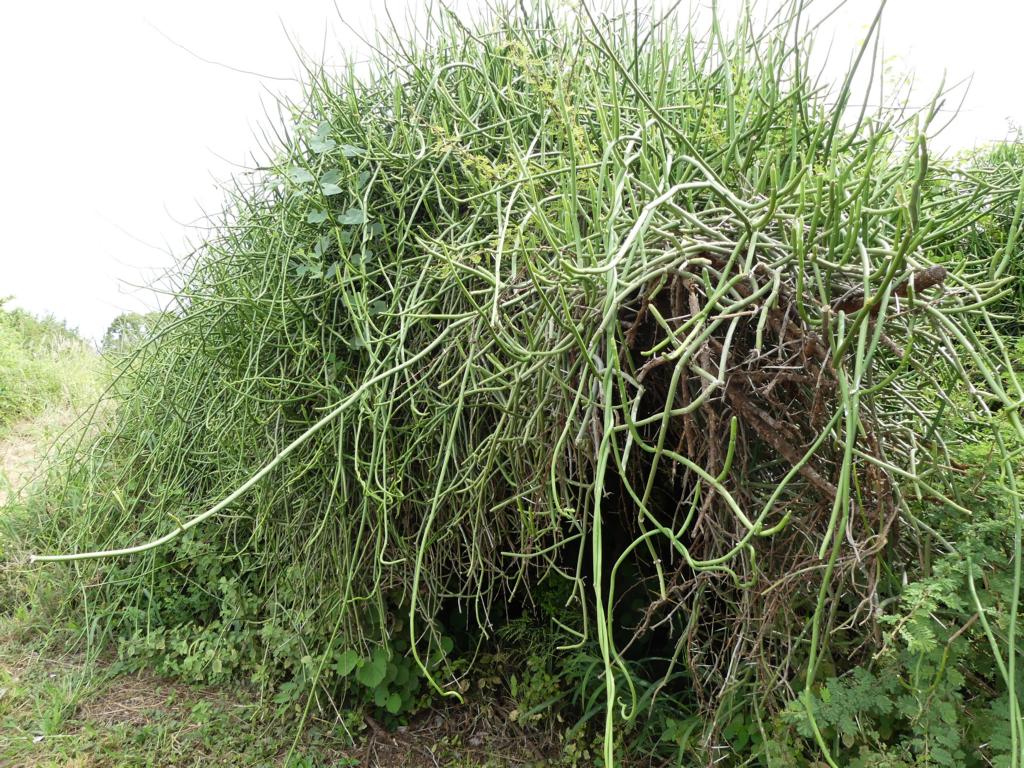
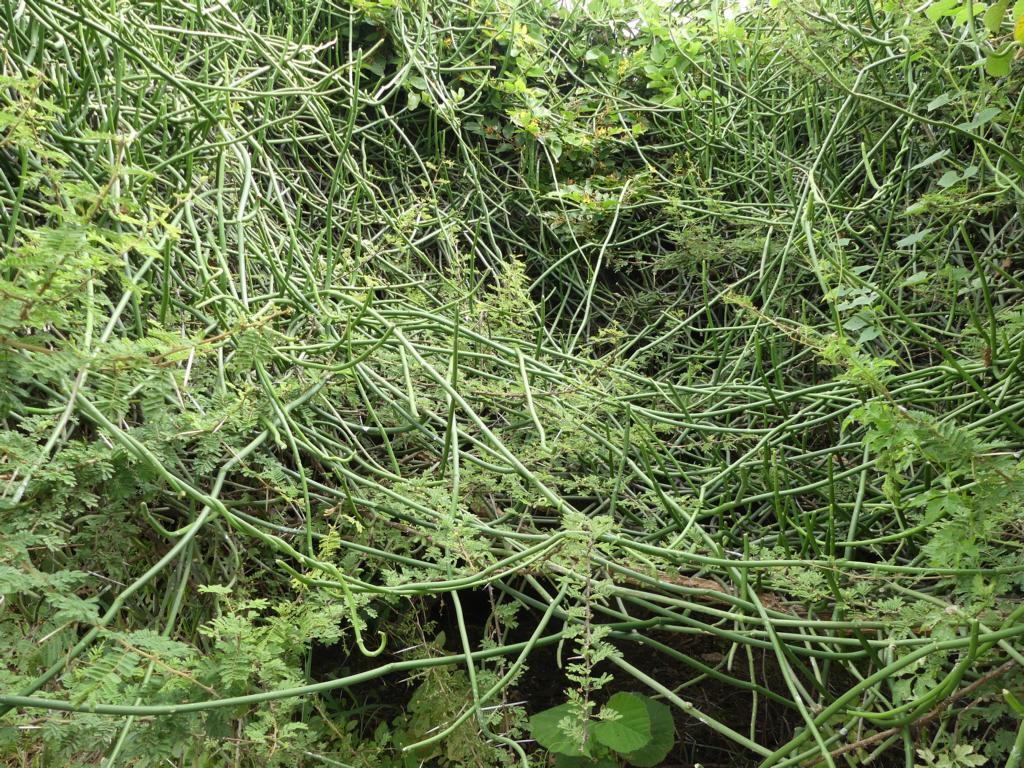
Description
A leafless succulent shrub with cylindrical shoots, 2 – 8 m tall. All parts produce copious white to yellowish latex. Dense clusters of flowers are produced at the ends of the branches. Fruit is an almost round capsule circa 8 mm × 8.5 mm, containing 3-seeds.
Ecology
Often planted on graves, in markets, and around homes in Kongo Central. Originally from Eastern tropical Africa, it has long since become naturalized in other parts of Africa, including South Africa and the Indian Ocean islands.
Propagation
Usually grown from stem or root cuttings, it establishes quickly on almost any soil. Cuttings should be at least 10 cm long and should be left to dry for at least 24 hours before planting. For hedges use cuttings up to 1 m long. When grown as a fuel crop, cuttings can be planted very densely.
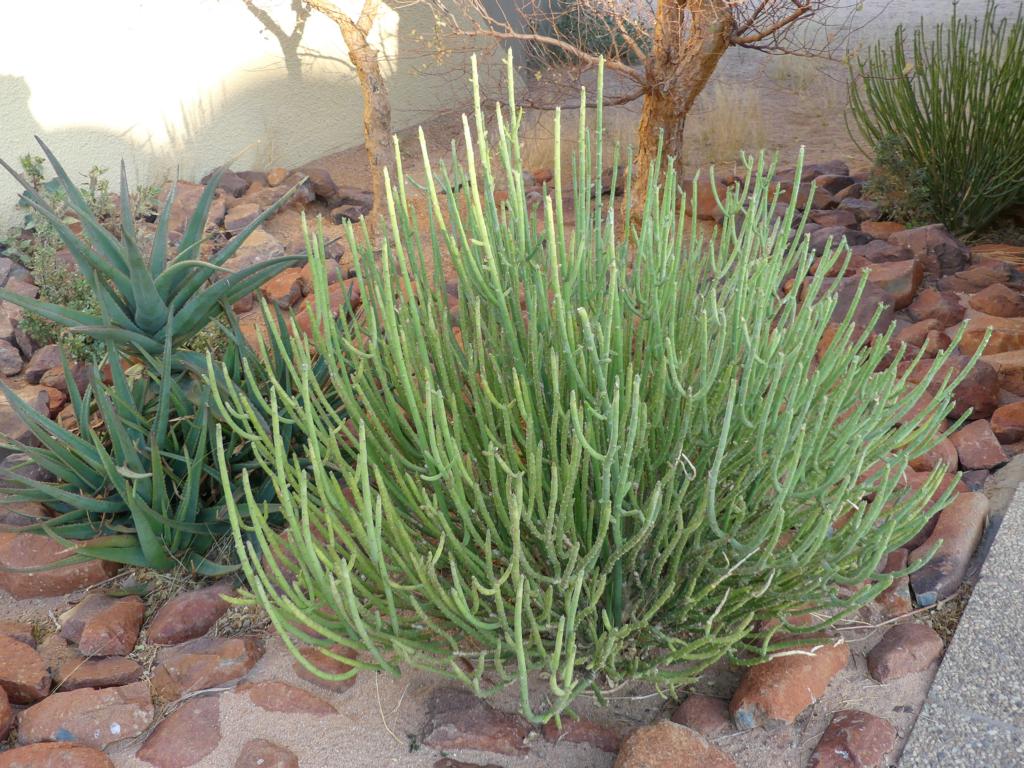

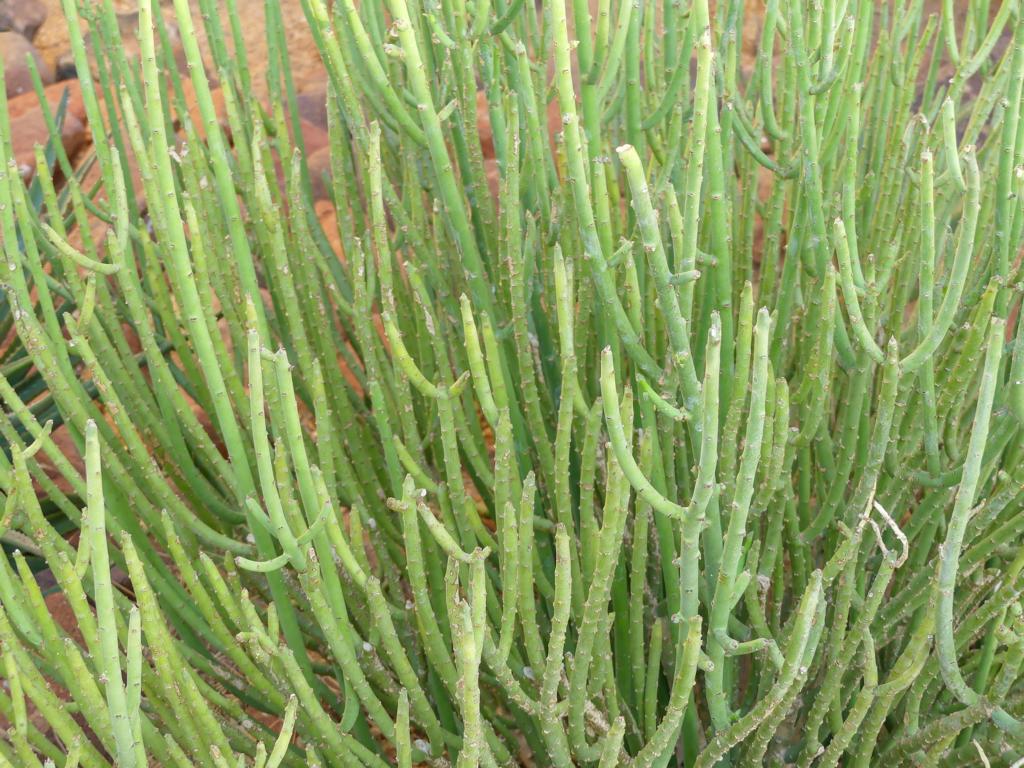
Management
Euphorbia tirucalli may be coppiced, trimmed, and top-pruned to establish a hedge.
Uses
The plant is widely naturalized and planted as a hedge throughout the tropics and subtropics. In Kongo Central, a few drops of latex are used as a strong and sometimes dangerous purgative. Coagulated and dried, a pinch is taken for the same purpose as palm wine.
In higher doses, it is used as an ordeal poison and often results in death. It causes painful blistering and inflammation and may cause blindness if it comes into contact with the eyes.
The latex is externally applied to warts, wounds, and for skin complaints. The latex is also used as a fly repellent in West Africa and a mosquito and termite repellent in Tanzania. In India latex is used as an insecticide. The latex is very irritating to the skin and mucosa.
References
Gillet & Pâque 1910, Gillet 1927, Renier 1948, Daeleman & Pauwels 1983, Pauwels 1993, Grace 2008
___________________________________________________________________________________________________________
Text at this article © Paul Letham. The professional background and contact information of the author of this article, can be found here. All photos in this article © Barbara Hoelzl.
.

